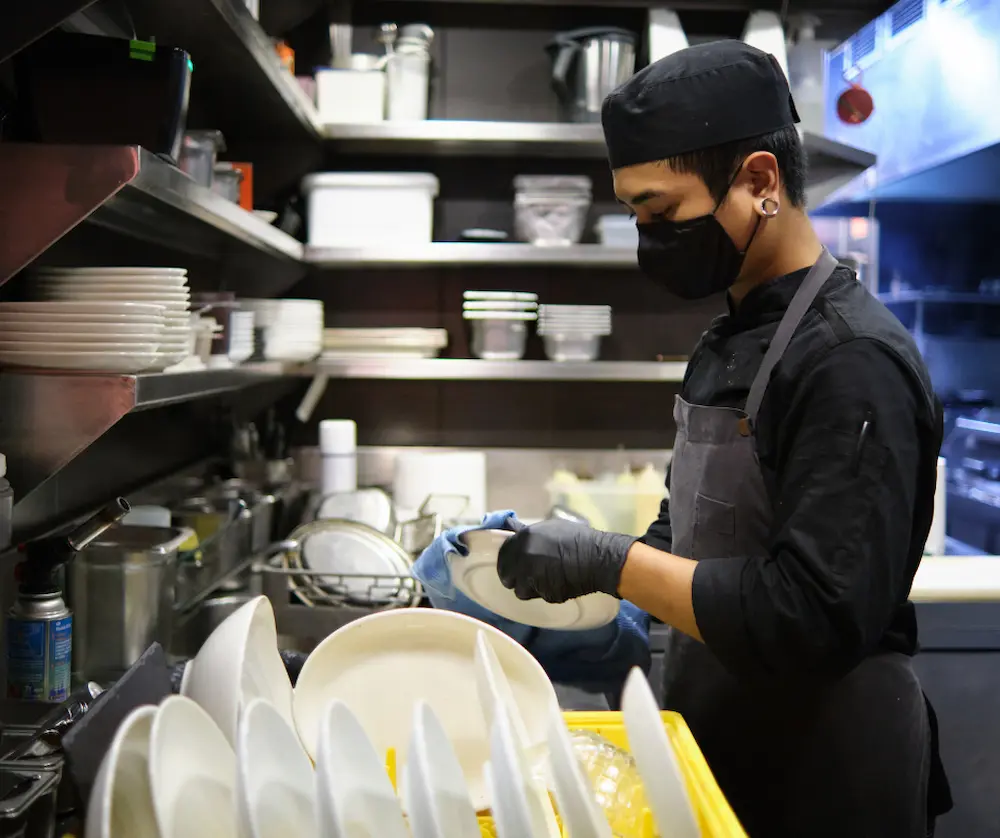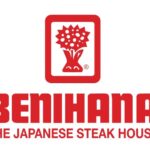In the bustling heart of every successful restaurant lies its commercial kitchen, a dynamic environment where creativity meets efficiency to craft culinary delights. However, amidst the sizzle of pans and the whirl of activity, the importance of food safety design cannot be overstated. It’s not just about avoiding foodborne illnesses; it’s about creating a space that fosters trust, hygiene, and operational excellence.
The Layout: Flow and Functionality
Efficient Workflow

A well-thought-out kitchen layout ensures a seamless flow of operations, reducing the risk of cross-contamination. Consider the journey of food from delivery to the table: separate areas for raw and cooked foods, designated zones for prep work, cooking, and plating, and clear pathways to avoid collisions and confusion. This organised flow minimises the chances of raw meats coming into contact with fresh vegetables or ready-to-eat dishes.
Ergonomics and Safety
Designing a kitchen with ergonomics in mind not only enhances efficiency but also reduces the risk of accidents. Adequate counter space, proper equipment placement, and easily accessible storage can prevent mishaps and make the workspace more comfortable for staff, encouraging a culture of cleanliness and attentiveness.
Equipment: The Right Tools for the Job
Quality and Maintenance

Investing in high-quality, durable equipment is essential. Stainless steel surfaces, known for their non-porous nature, are easier to clean and sanitise. Regular maintenance schedules for ovens, refrigerators, and other machinery help prevent breakdowns and ensure everything operates at peak performance, reducing the risk of food spoilage.
Temperature Control
Temperature is a critical factor in food safety. Equip your kitchen with reliable refrigeration and freezer units to keep perishable items at safe temperatures. Additionally, cooking equipment should have precise temperature controls to ensure food is cooked thoroughly, eliminating harmful bacteria.
Hygiene: A Cornerstone of Safety
Sanitation Stations
Handwashing stations equipped with soap and sanitiser should be strategically placed throughout the kitchen, particularly near entry points and food prep areas. This encourages frequent handwashing, a fundamental practice in preventing contamination.
Cleaning Protocols

Implementing rigorous cleaning protocols is non-negotiable. Daily deep cleaning schedules, along with periodic professional cleaning services, ensure that every nook and cranny of the kitchen is free from grime and bacteria. Use colour-coded cleaning tools to avoid cross-contamination between different areas.
Storage: Organise to Optimise
Proper Storage Solutions
Shelving and storage units should be designed to keep food off the floor and away from walls, ensuring proper air circulation and reducing pest access. Use clear, labelled containers for easy identification and rotation of stock, following the First In, First Out (FIFO) principle to minimise waste and maintain freshness.
Segregation of Items
Raw ingredients, cooked foods, and cleaning supplies must have distinct storage areas. This separation prevents cross-contamination and makes it easier to follow health and safety regulations. For instance, store raw meats on lower shelves to prevent juices from dripping onto other foods.
Training: Empowering the Team
Ongoing Education

Regular training sessions for staff on food safety practices are crucial. Keeping everyone updated on the latest regulations, safety protocols, and best practices creates a knowledgeable team that can identify and address potential risks.
Safety Culture
Foster a culture of safety and responsibility. Encourage staff to speak up about hazards or inefficiencies in the kitchen layout and to suggest improvements. A team that feels heard and valued is more likely to adhere to safety standards and take pride in maintaining a clean, organised workspace.
Conclusion
In the fast-paced world of commercial kitchens, food safety design is the backbone of success. Prioritising efficient layouts, investing in quality equipment, and maintaining rigorous hygiene standards are crucial in any restaurant kitchen, Kilowa’s commercial kitchen design services can ensure both functionality and hygiene helping you design a perfect kitchen that optimises your food chain and fulfills all your needs.






